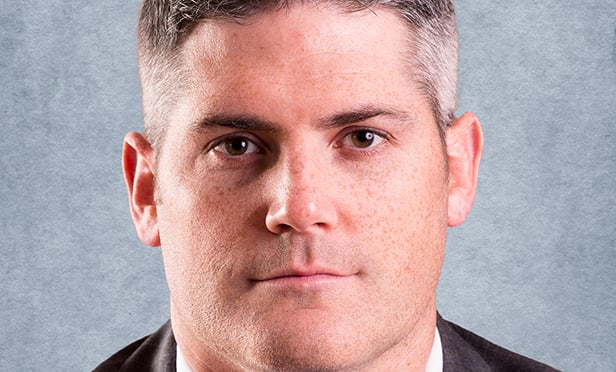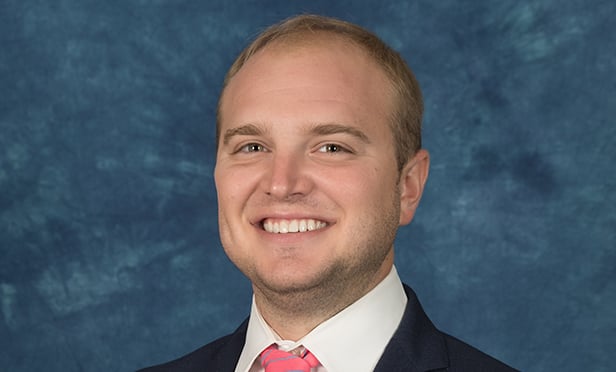DENVER—Healthcare reform, in particular the Affordable Care Act, has created consolidation among smaller medical practices by larger health systems, which is changing the way healthcare real estate is being used. GlobeSt.com spoke with Jim Neyer, EVP real estate development for Al Neyer LLC in Cincinnati and conference committee chairman of NAIOP's Development '14 here on October 27-29 to discuss the specific changes he's seeing in medical-office buildings due to the sea change in healthcare.
GlobeSt.com: What's happening with redevelopment of medical office buildings?
Neyer: The big change that's going on with the Affordable Care Act and accountability for medical systems and doctor practices is causing a lot of acquisition of doctors' groups by insurance companies and, more importantly, medical systems. What's occurring for real estate is that a lot of these practices were in smaller medical-office buildings that had their own small practices scattered throughout the markets. A lot of these smaller doctor practices are being brought together and sharing services such as billing, appointments, testing, diagnostics, etc., in one building. They're putting them into more neighborhood MOBs, but these are somewhat larger than in the past. You might see doctors working in multiple neighborhoods, different doctors using the space more efficiently for better utilization of support services.
This is causing the way that buildings are laid out, owned and operated to be done differently. It's tied to the ACA because they want to be in a more neighborhood retail-type setting, so we're seeing older retail buildings retrofitted for medical office. Old grocery stores and storefronts in strip centers are great locations near the populations they're trying to serve.
We're also seeing ground-up development of two-story and four-story buildings that are owned or potentially leased by a hospital group, bringing in various specialties there. You might see diagnostics on the ground floor because of the heavy equipment and other uses throughout the building. They'll share some of the filing systems, registration and other services in more concentrated ways. This cuts out superfluous jobs and creates efficiencies. With older MOBs, we're seeing redoing of the interiors of those spaces so they can share more services.
GlobeSt.com: Do you see this as a long-term trend for the sector?
Neyer: I really do, at least as long as the ACA stays the way it is. With patient outcome the goal, you'll see this consolidation of the disparate medical practices into larger entities. Part of it is it's also expensive for smaller practices to stay up with the technology and reporting expected through the ACA.
GlobeSt.com: What other trends are you noticing in healthcare real estate?
Neyer: Beyond the consolidation, having hospital groups leasing space where historically they would have owned space is new. The regional or more neighborhood-based emergency rooms are also taking a lot of the back-office functions out of the hospital campus and putting it into more traditional office buildings to free up square footage in the clinical space.
GlobeSt.com: What's unique for you about the upcoming NAIOP Development '14 conference in Denver?
Neyer: This particular conference is especially strong on its participation with the Colorado chapter of NAIOP to offer a number of tours of either current or recently completed projects in the area. The tours show a broad spectrum of projects, and it's very interesting for attendees to get out there and see the real projects. That's one of the unique items about this conference. Like all development conferences, it will feature experts in the field talking about timely issues related to the property sectors in particular markets as well as the capital markets, which are ever changing. Also, this year's design competition involves the creative-class office environment, which should be very interesting.
© 2024 ALM Global, LLC, All Rights Reserved. Request academic re-use from www.copyright.com. All other uses, submit a request to [email protected]. For more information visit Asset & Logo Licensing.








